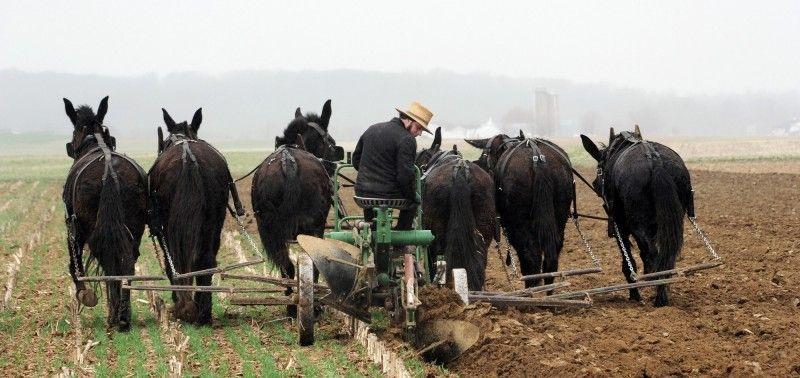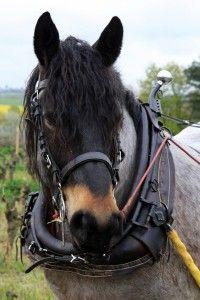HORSE POWER
What is it ?
Animal power producing the power necessary for work in the fields, logging in forests, transportation, and other haulage aids (pack animals) and pulling, as well as mechanical movement.
Horse power is a renewable energy*
In comparison to all the other technologies developed to date by man, animal traction is by far the most efficient, both from an ecological point of view (the work of the horse blends in harmoniously with nature) and from the point of view of generating mechanical movement.
In fact, equines are very modern motors, with their energy coming from a hydrocarbon diet that is produced from an unlimited source, solar energy.
Working animals produce virtually no CO2 emissions, only consume food that is grown locally and produce natural fertilizer. They reproduce by themselves. Their use proved its work over millennia and it is difficult to conceive on an energy that is as easily accessible and as sustainable.
Source: FECTU (European Draught Horse Federation)
* An energy can be called renewable when it comes from sources that are renewed by nature on a permanent basis, as opposed to nonrenewable energy which eventually runs out.

© JL Dugast
The assets of horse power

© E. Rousseaux
– Environmental. Through adding value to an alternative and renewable energy which emits few hothouse gases and reduces visual, olfactory and sound pollution.
– Economic. Thanks to the generation of direct and indirect jobs that cannot be delocalised, both in urban and rural environments.
– Social. The horse is powerful channel for awareness and integration among those in difficulties, whilst at the same time being a learning asset for the young.
Source: Equiterra
Horse power fully complies with the issues of sustainable development of which the three sustaining pillars are economic, environmental and social.
A few statistics
In India, animal power generated is equal to six million tonnes of petrol worth €1.8 billion per year (Vandana Shiva, 2008).
A horse can make an effort equivalent to its weight for 15 seconds.
One horsepower is equivalent to the average power produced by a horse seven hours a day, six hours a week, 52 weeks a year.
At a time of debate on energy transition, it is important to position animal traction as a technology of the future, a source of renewable energy that limits costs whilst taking into account social and zootechnical considerations.
Animal traction falls within a rationale for sustainable development in order to preserve natural heritage, the environment, support endangered breeds, and maintain jobs in rural areas and the knowledge that is tied to working with animals.
As of now, animal power has not been recognized to the same extent as other renewable energy sources, and its development has often been slowed down by a lack of financing.